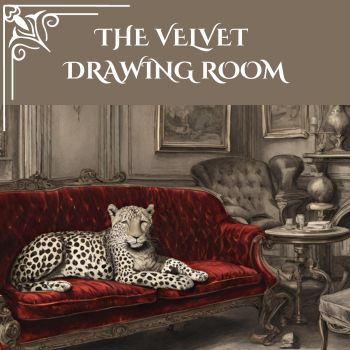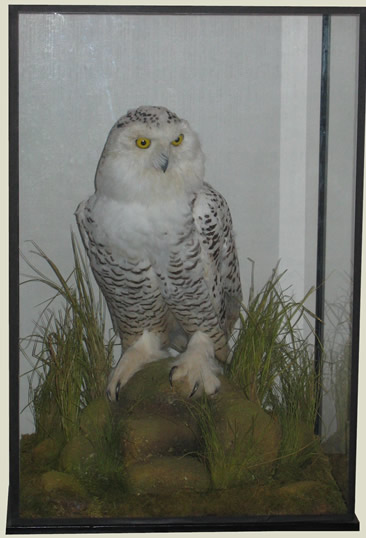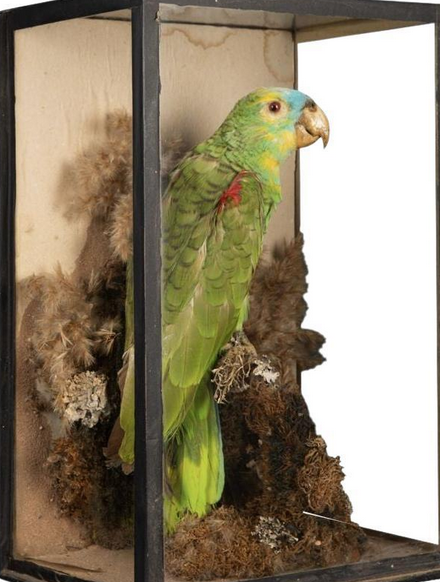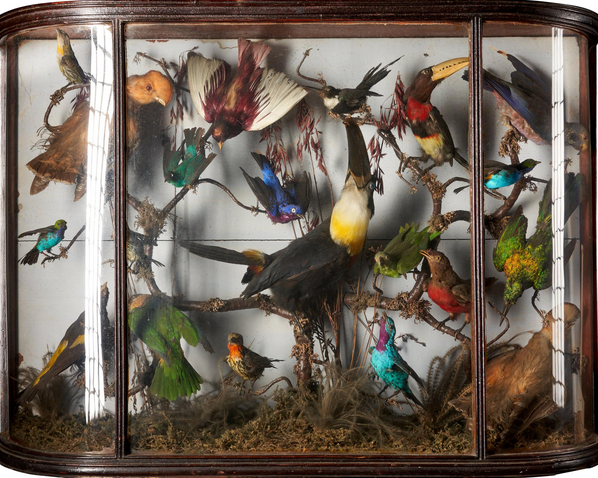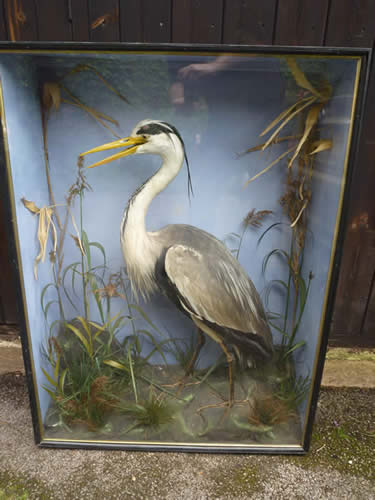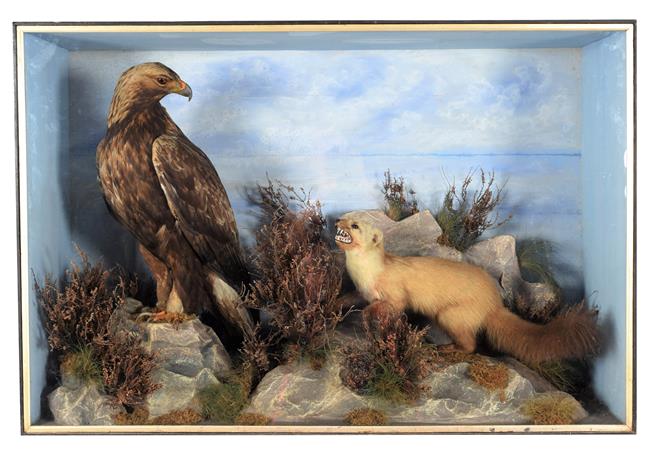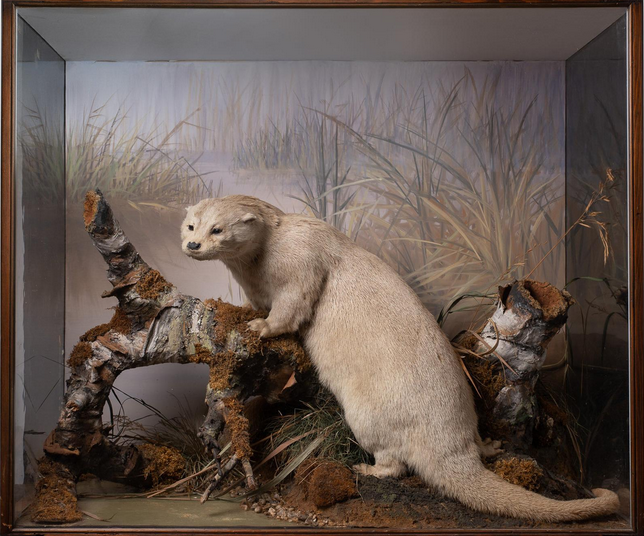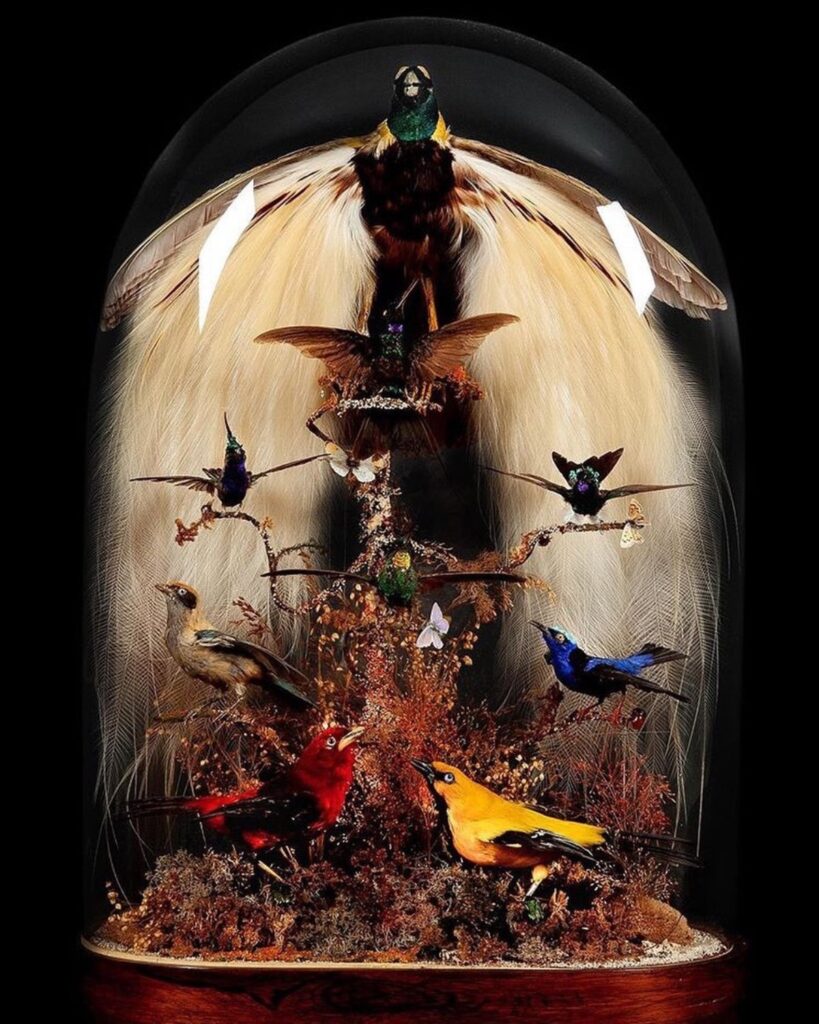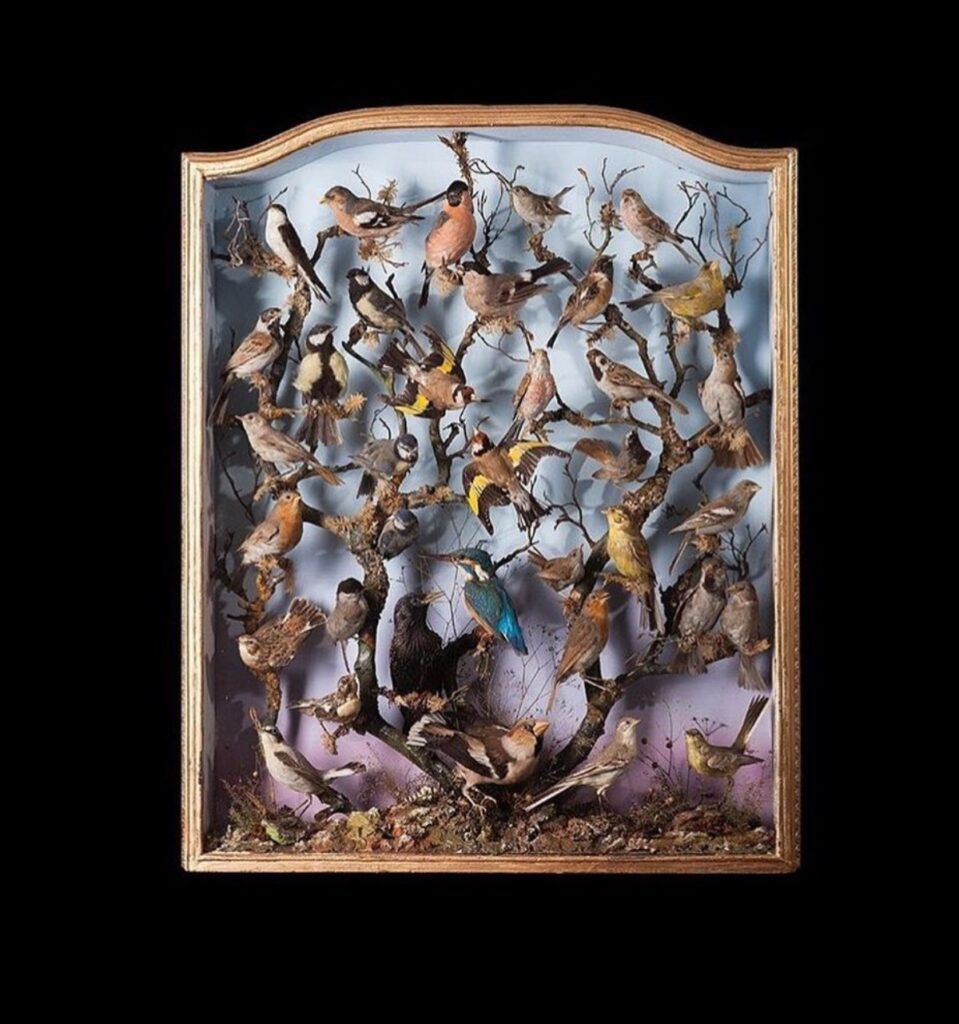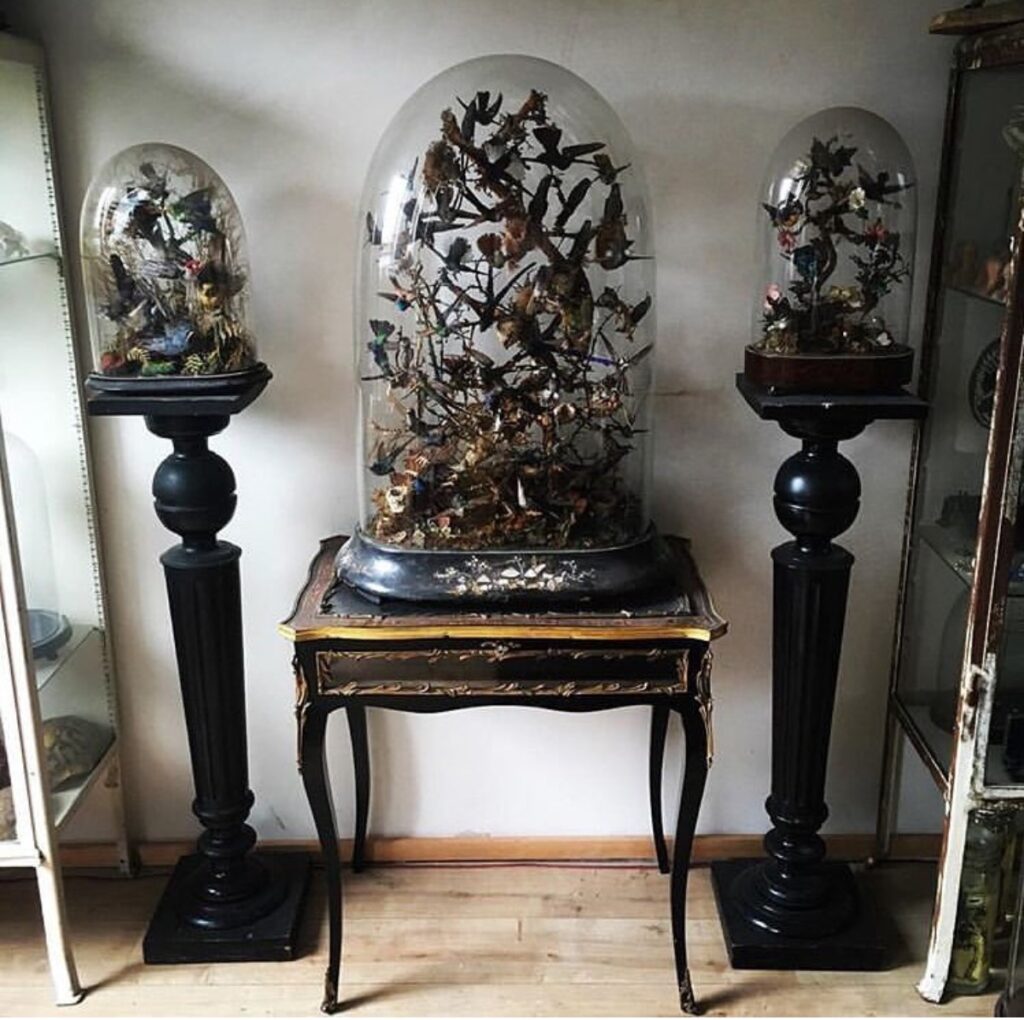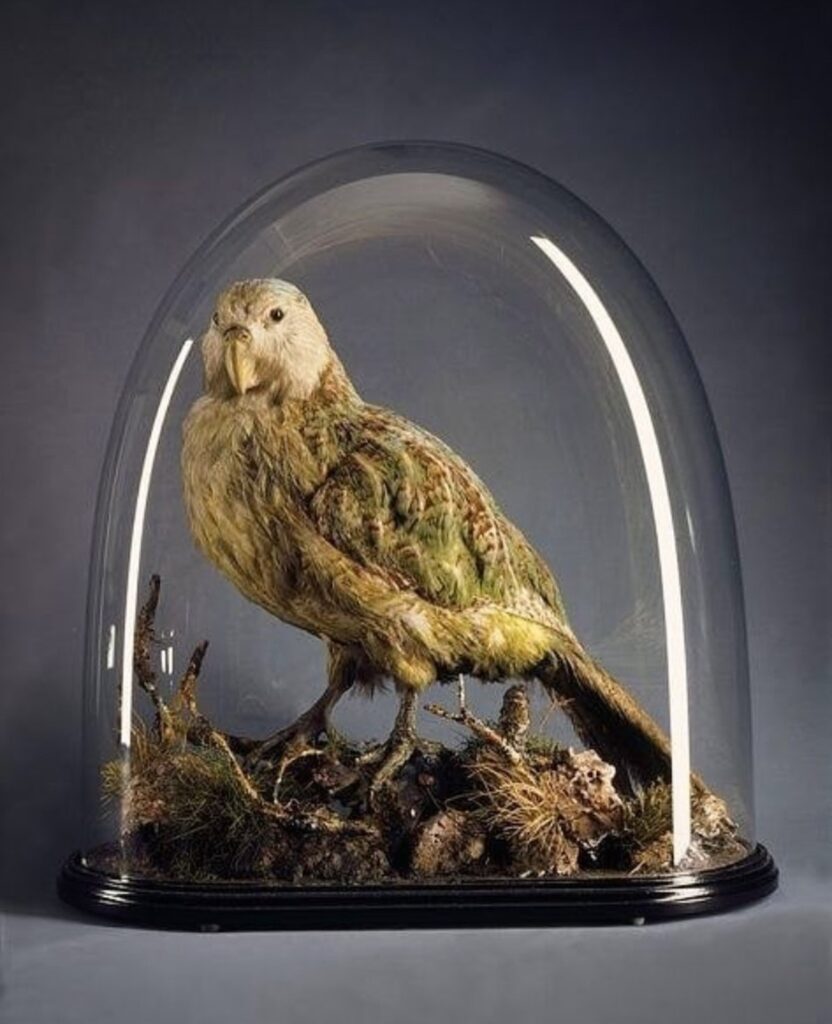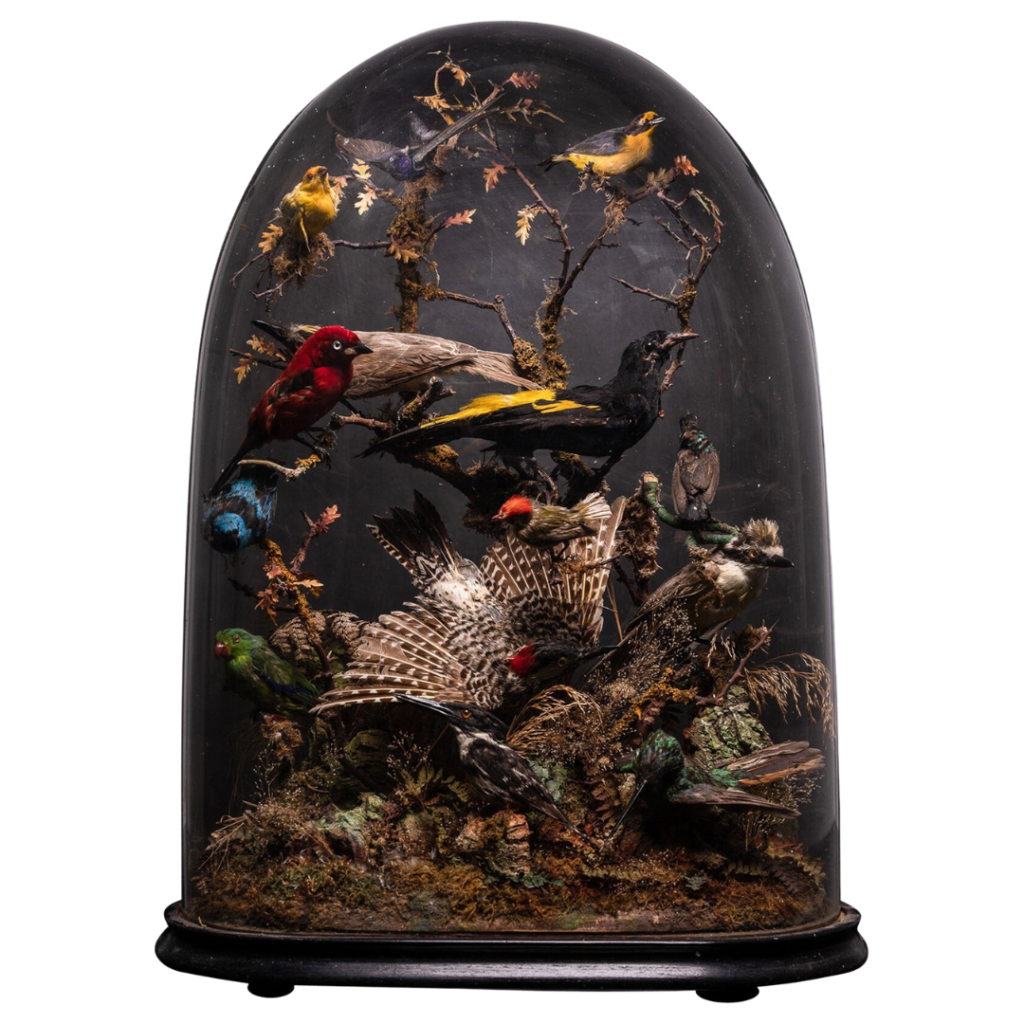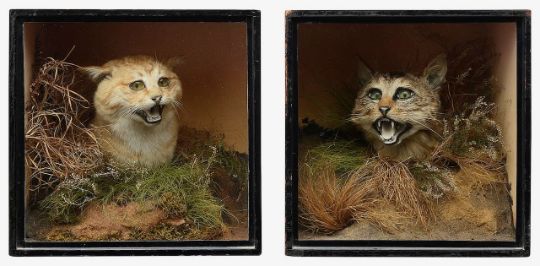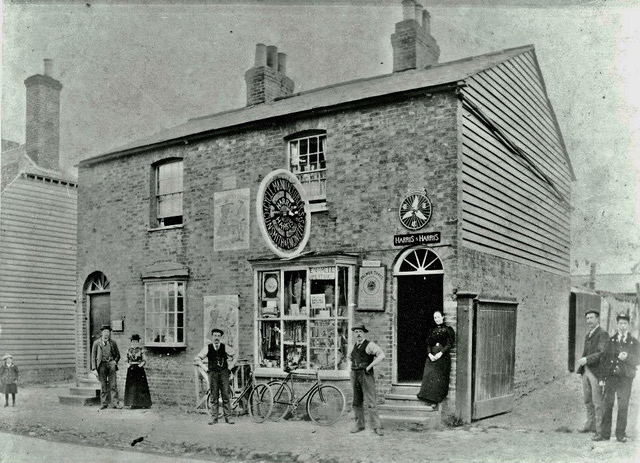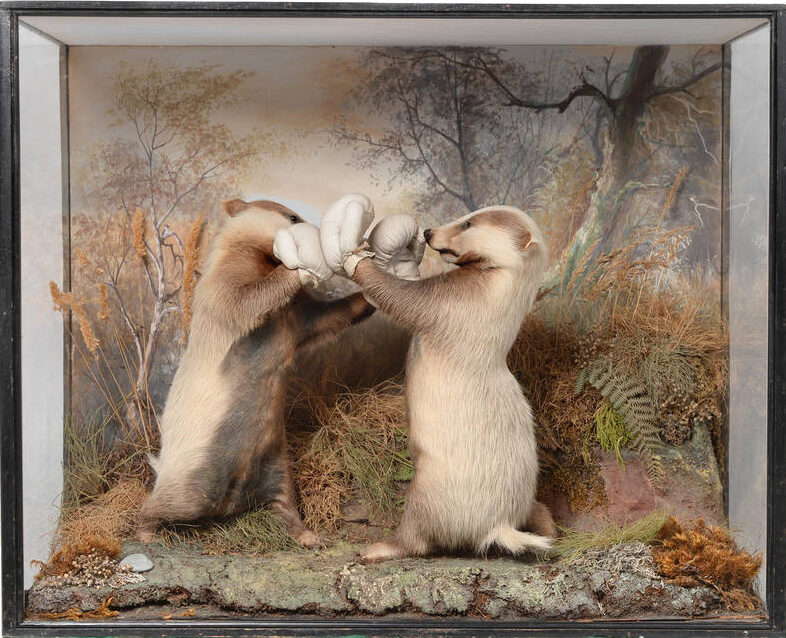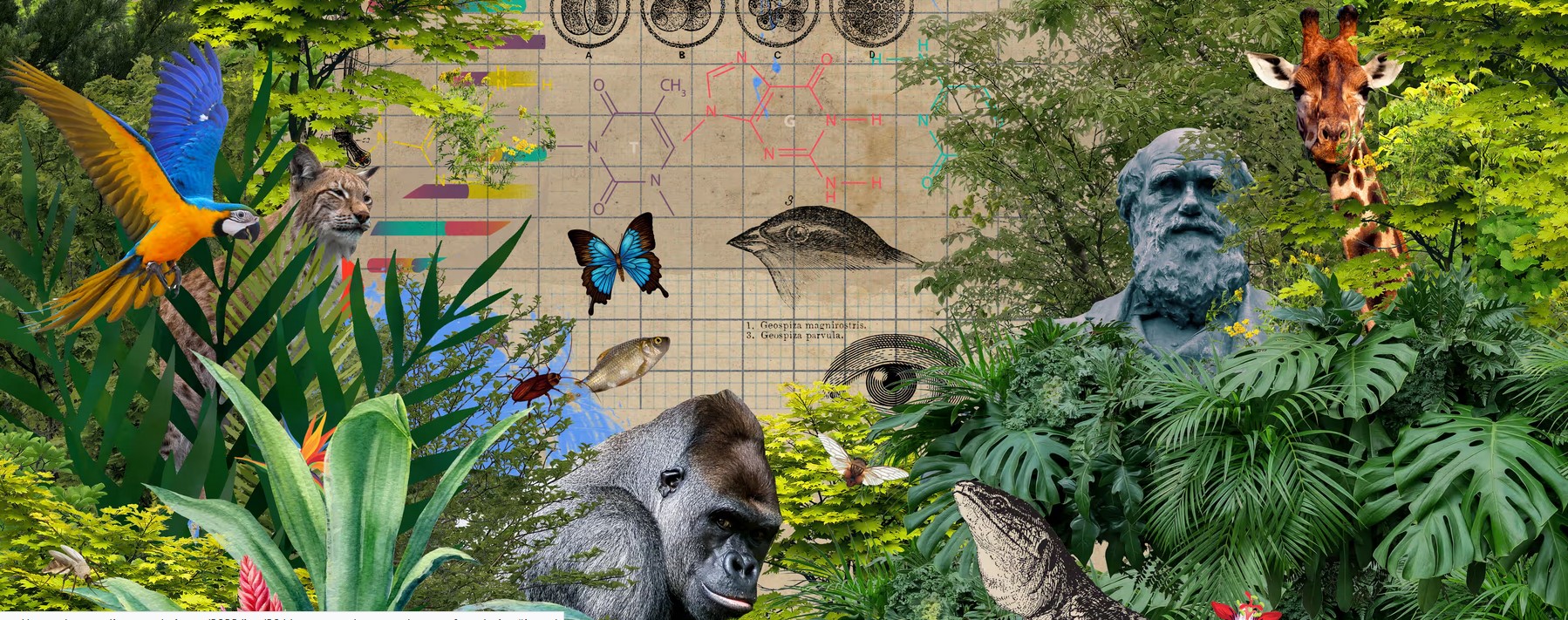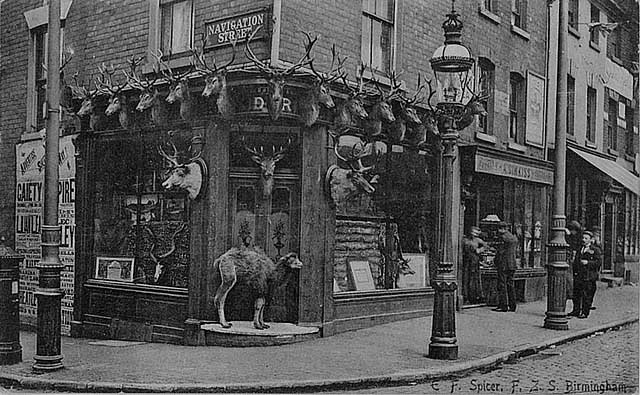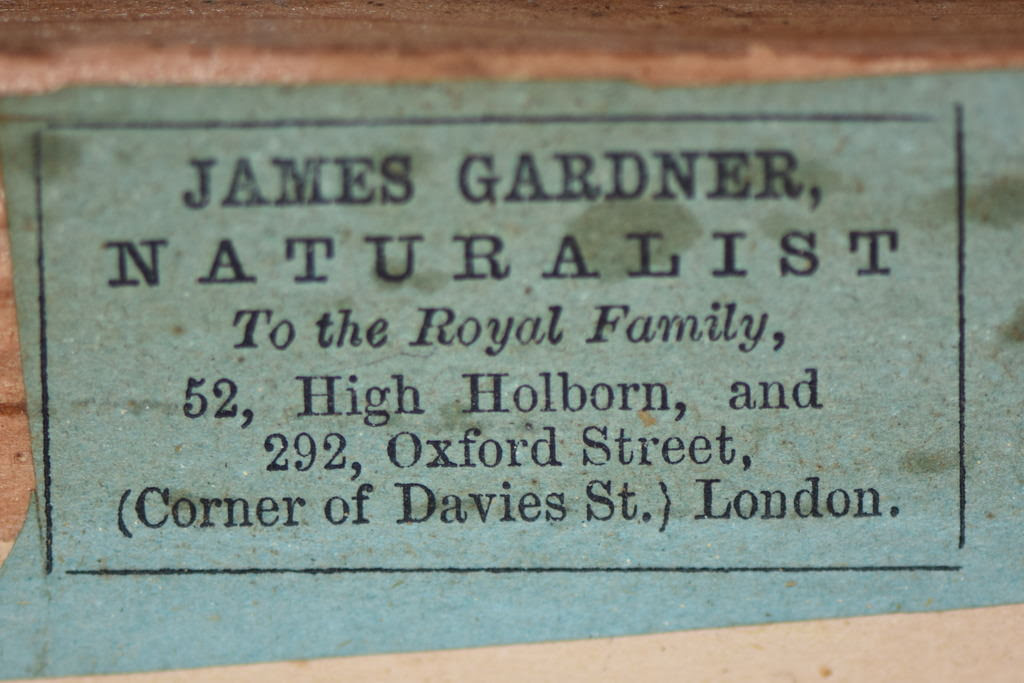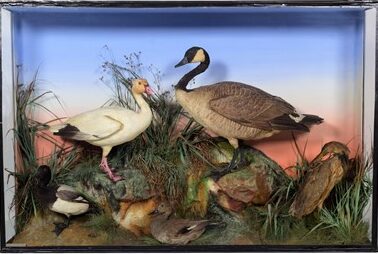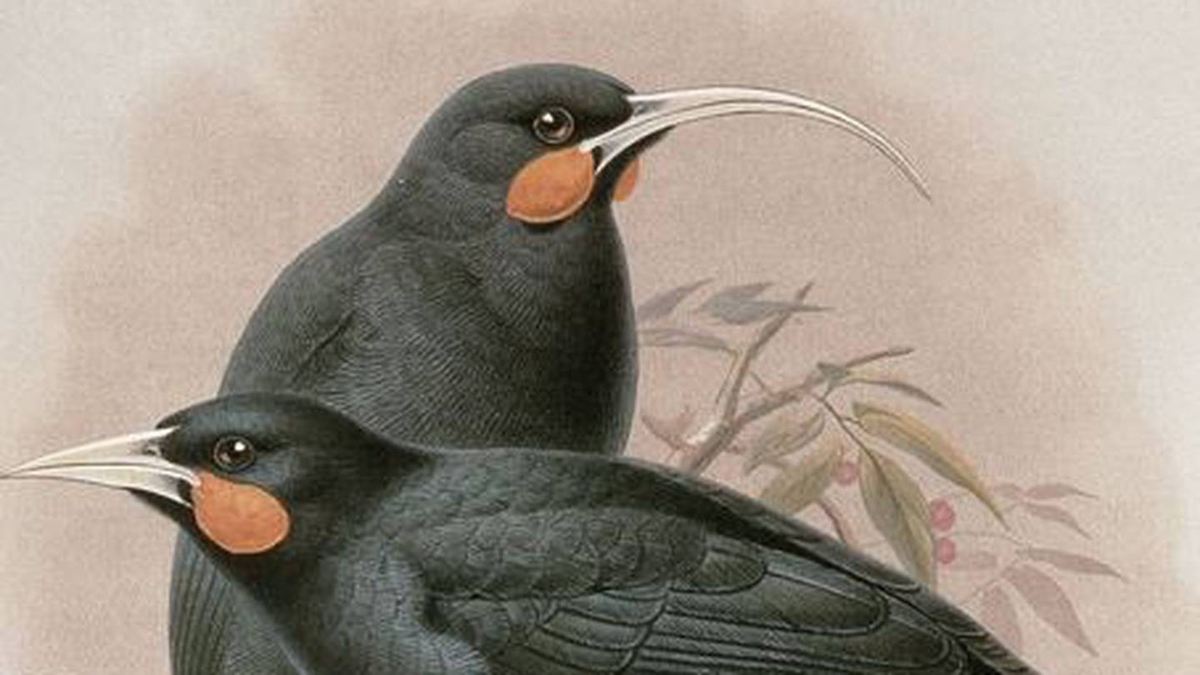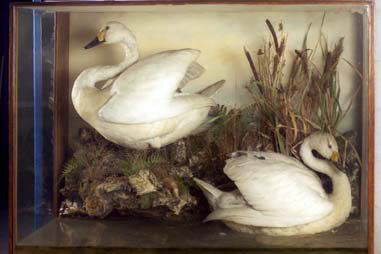Decoration of Country Houses With Taxidermy
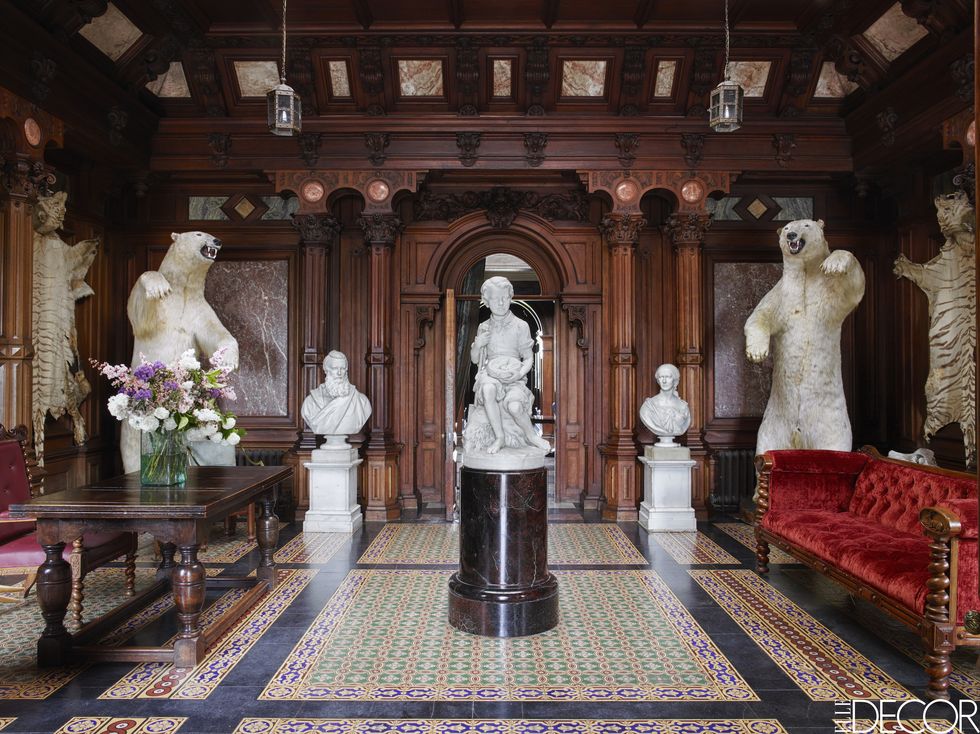
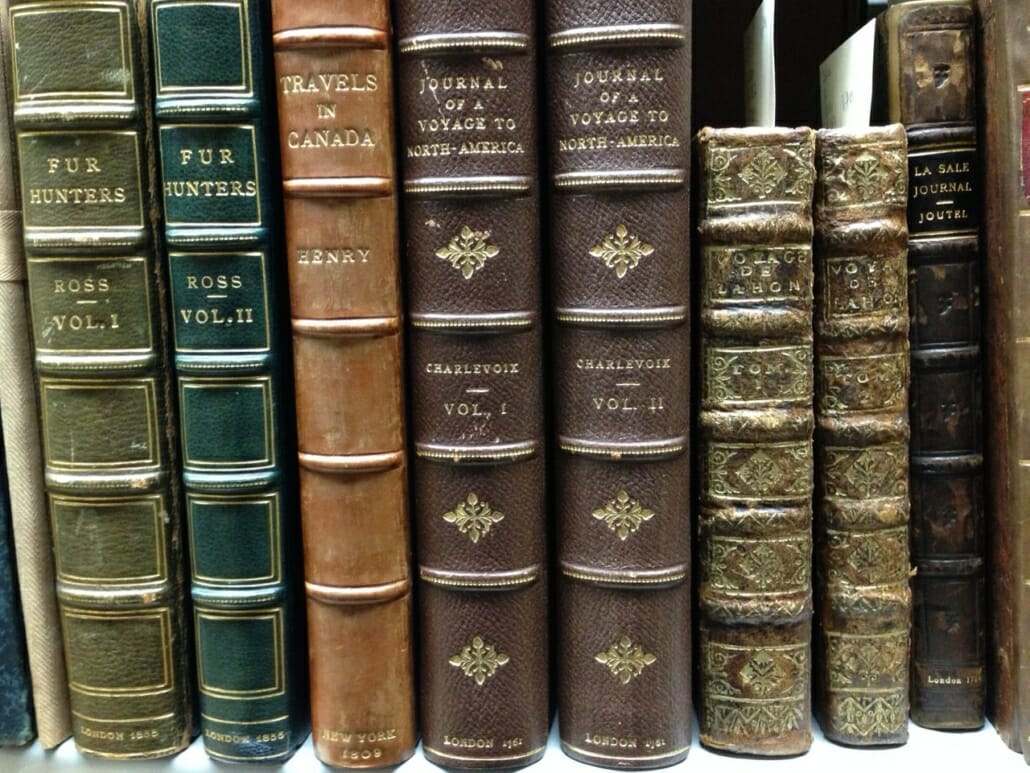
COUNTRY HOUSES
The Upper-Class Social Scene in Victorian Britain
Decoration of Country Houses with Taxidermy
Taxidermy was once a major business in Britain before its final demise in the 1960’s after mass adoption of television and the end of British Empire which came after the second World War.
The heyday of the taxidermists and naturalists’ business in Britain was from about 1880 – 1910, overlapping with the latter half of the Victorian era, but where did it start?
From the early 1700’s up to the early 1900’s Britain’s worldwide colonial territories attracted the British gentry and the upper echelons of society, the Officer class and those who had the independent means, and those who travelled extensively overseas.
From the 17th Century onwards, these gentlemen collected exotic species to display in their own “Cabinets of Curiosities”, a type of a museum at home. These were set up to demonstrate how learned they were and to show that they were at the forefront of scientific discovery.
From the 1830’s the displays of taxidermy that had initially been born from this Cabinet of Curiosities movement became one of the most defining features of the interior design and decoration of country houses and sporting lodges with taxidermy – reflecting the appetite of the upper classes for hunting, shooting, and fishing.
Decoration of country houses with taxidermy became an expression of an elite culture. It was an expression of Britain’s dominion at the height of empire. The social elites who lived in these country houses, having lost their conferred historic senior military positions to the newly trained defence officials who replaced them, instead went abroad to kill wild animals, and then display them ‘at home’.
These elites had the time and money to do this, and they needed a new purpose.
Their networking and social connections were fundamental, with trips to the furthest corners of the world being made by those who would hunt big game and exotic species.
Photo credit: Tennants
Connections with top tier taxidermists
The social connections had to continue once the travellers were home. There were several top tier taxidermists in Britain who were the go-to for these upper classes who furnished their country houses with their spoils to create decoration of country houses with taxidermy.
Rowland Ward in London, particularly, specialised in stuffing big game for the gentry and their country houses. Some of the top taxidermists and naturalists who served the British gentry included the likes of Edward Gerrard, James Gardner, Sheals of Belfast, George Ashmead, and Leadbetter of London.
Some of these top named taxidermists also had the seal of Royal approval and advertised their appointment to Her Majesty and the Royal Family via their trade labels, exhibitions, and listings in business directories.
Provincial taxidermists also jumped on the bandwagon to try to differentiate themselves by advertising their own associations with the gentry they served in country houses and with their entourages.
The Country House Interiors
The Country House Interiors
One of the defining features of country house interiors from the nineteenth century to the present is their inclusion, and even reliance upon displays of taxidermy.
Wealthy gentlemen collectors and Industrialists of the Victorian era also created collections of birds from all over the world and spared no expense to obtain them. Those like Baron Lionel Walter Rothschild who created the collection now at Tring, Sir Vauncey Harpur Crewe whose collection was crammed into Calke Abbey, and Mr E.T. Booth who donated his collection to the Brighton Museum are perhaps some of the best-known collectors who filled their country houses as you would fill a museum.
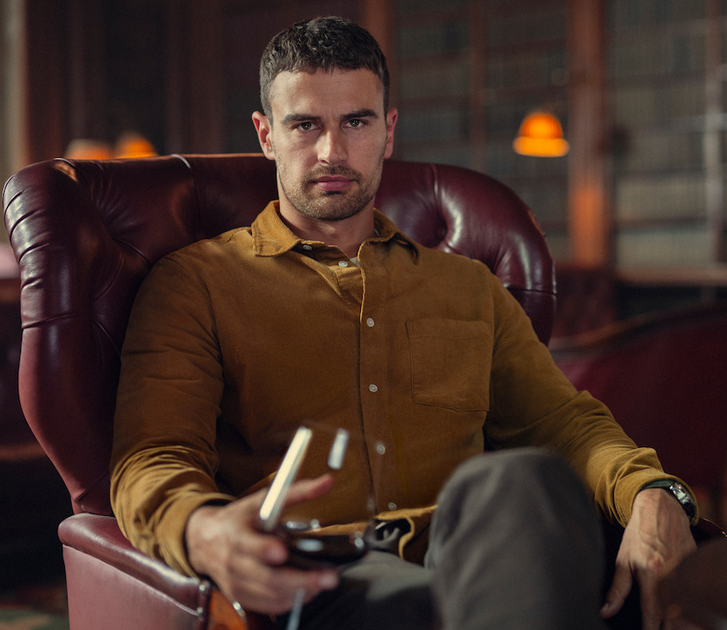
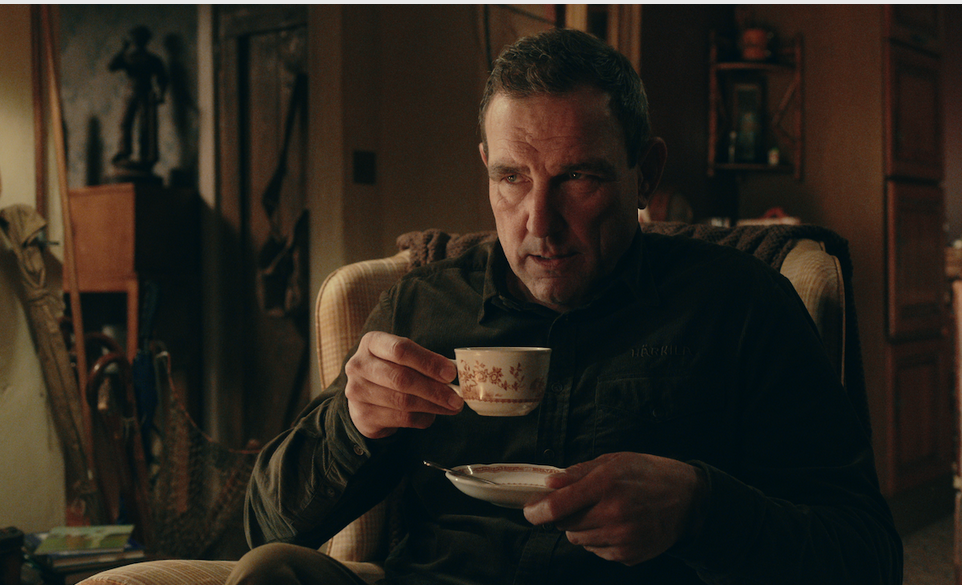
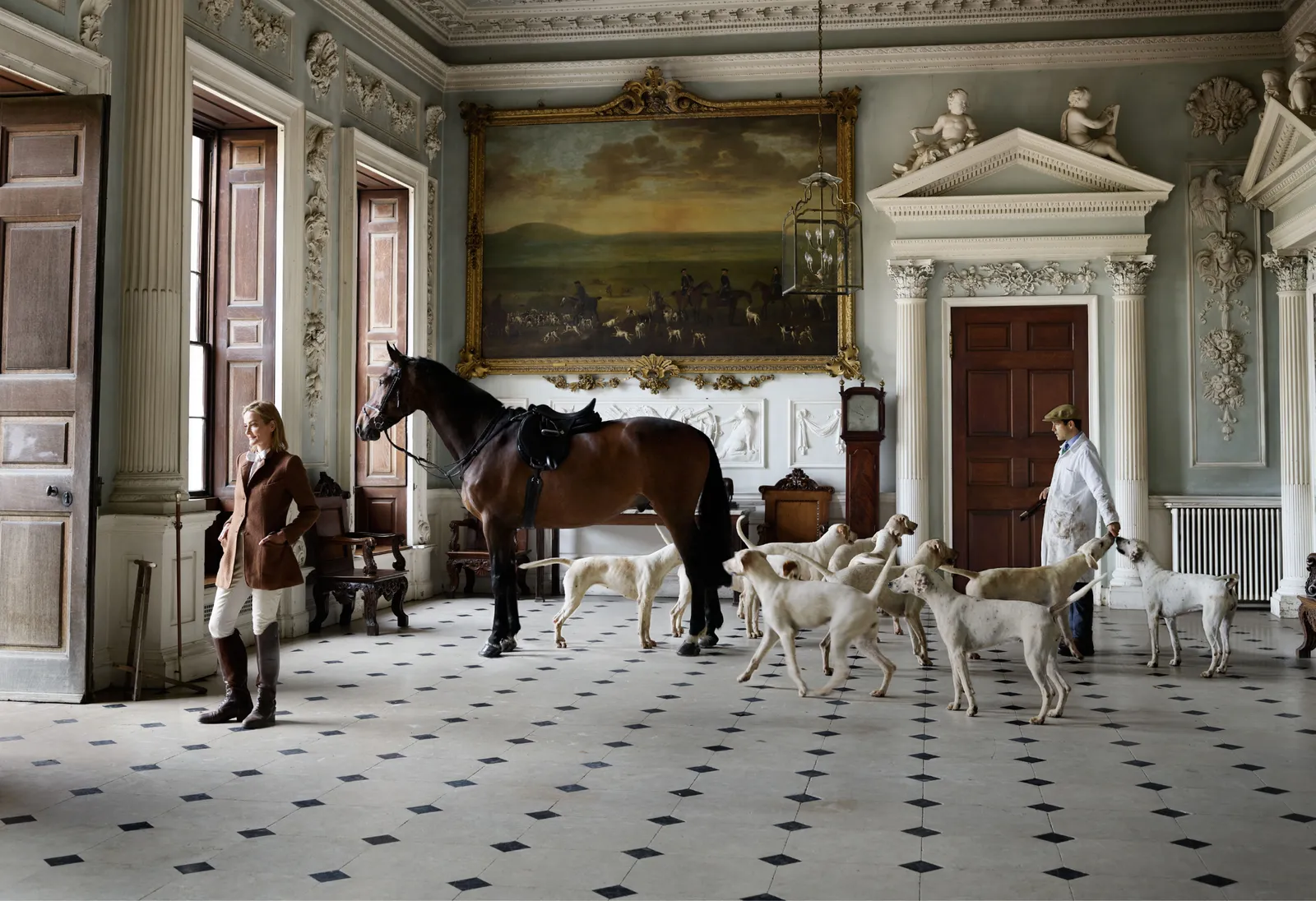
Taxidermy - part of the furniture
With the Country House, it wasn’t just about the dreamy architecture and the “old money”; the taxidermy played an equal part amongst the oil paintings and furniture.
“The Gentlemen” is Guy Richie’s drama for Netflix in which we see quintessential English country house locations used as the backdrop for the story. “The Gentlemen” has a chaotic storyline and it’s like watching a fusion of Downton Abbey meets Peaky Blinders with its clash of privilege and underworld drug antics. I loved it! Watch the trailer for Season 1
What does this film have to do with historical taxidermy, you might ask? These stately houses with their eclectic, opulent, and luxurious interiors with their focus on green, blue and brown and sophisticated lighting aren’t just the backdrop to a story like the one in this film; they are also characters.
The most breathtaking of the locations used in Guy Ritchie’s film, The Gentlemen, is the Duke of Beaufort ‘s Badminton House, Gloucestershire which becomes the fictional Halstead Manor, where aristocrats Eddie (Theo James) and his brother Freddie (Daniel Ings) were raised.
This house represents the history of aristocracy and, as one of the show’s key themes of class, it takes on a lead role as a real character in the film. The interior designs of the production showcase the often-dark period features and the taxidermy displays that were typical of the time.
There’s a gamekeeper played by Vinnie Jones who lives in one of the estate’s cottages which is full of rescued and taxidermy animals, including a live fox that wanders the sitting room. Sumptuous!
Beautiful creatures preserved behind glass
photo credits: The Wunderkammer Society | Viktor Leestmans |
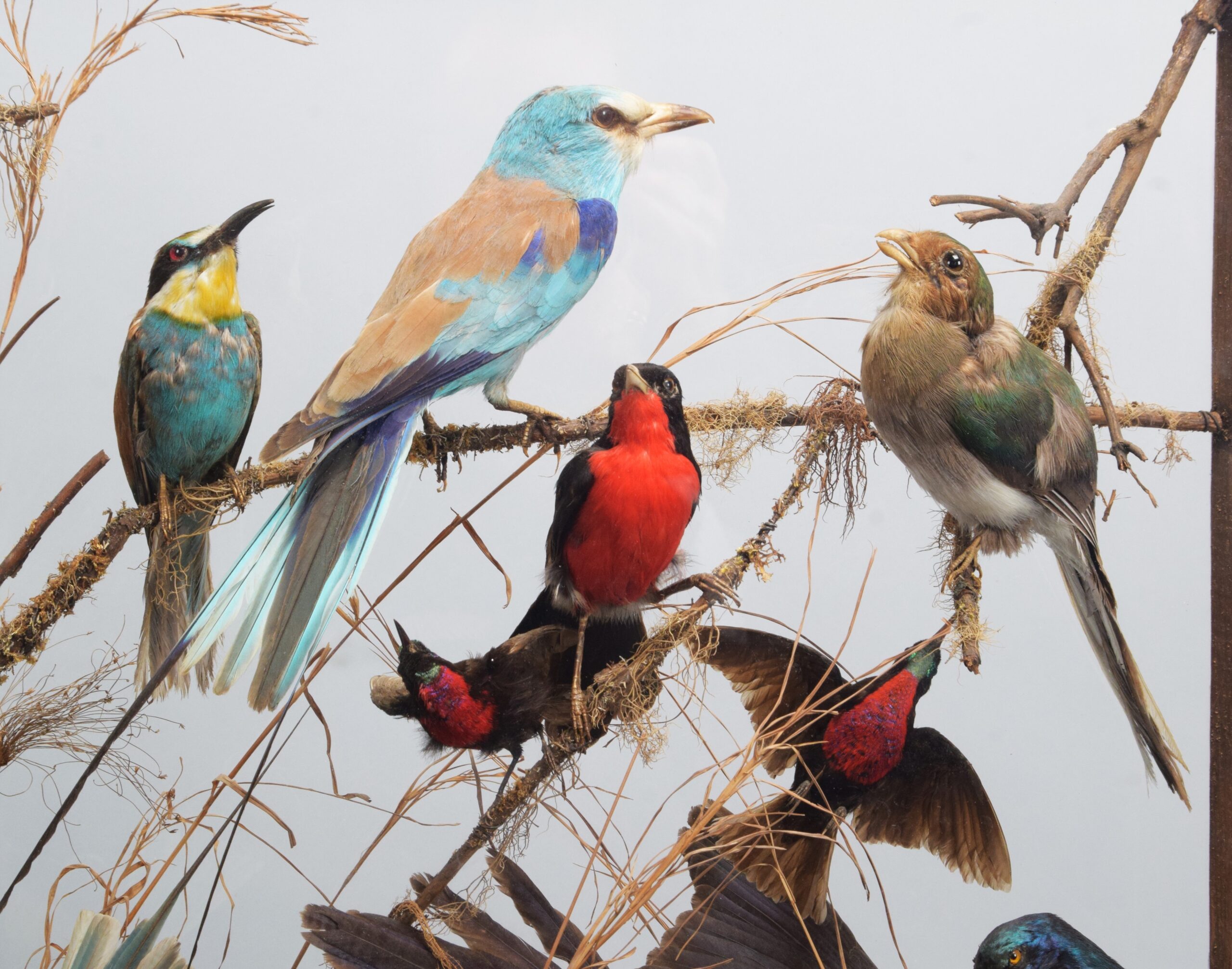
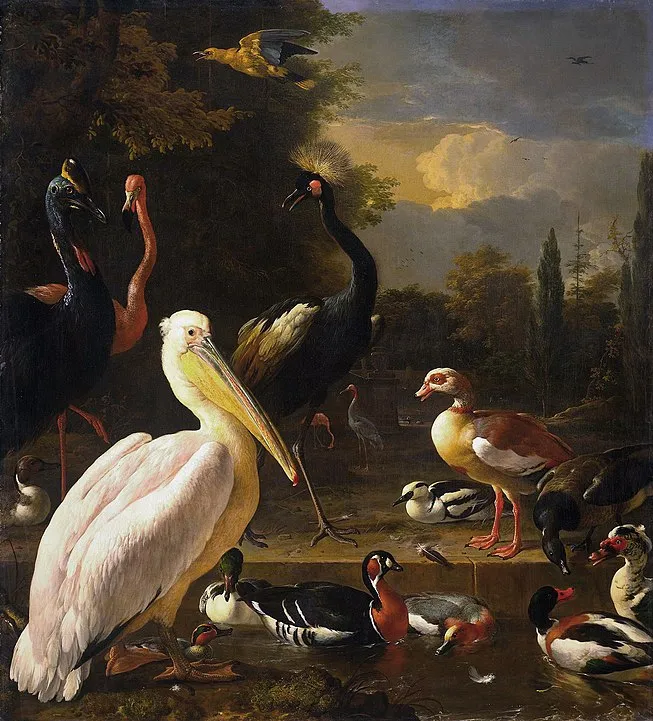
Middle Class Victorians
The middle classes emulated the upper classes and their country house décor by collecting birds and other mammals to decorate their own drawing rooms.
Many of these displays were created by some of the day’s best taxidermists who were clearly talented artists who created tableaux and natural scenes with wildlife inside glass cases.
Many of these taxidermists and naturalists had trademark styles, and proudly attached their trade labels in a signature style.
In the respectable Victorian home, you would see owls, squirrels, otters, foxes and fish set into scenic backdrops in glass cases. These were created by the likes of Peter Spicer of Leamington Spa, T.E. Gunn of Norwich, and Hutchings of Aberystwyth.
The best taxidermists created beautiful high-quality scenes that included natural foliage with graduated painted backdrops done in gouache and water-based paints and many of them developed their own instantly recognisable style of case construction.
In the case of Henry Murray of Carnforth, his firm produced many glass fronted cases containing painted scenes of the Lakeland environment at the back, and it is thought that Murray outsourced this painting to a local artist.
Particularly popular in the Victorian Drawing Room were the glass domes with beautiful displays of birds, exotic and not so exotic. These glass domes were handmade (which was quite a skill) and today these Victorian examples are prized by collectors and fetch significant sums on the open market. However, these domes with birds were made for decorative purposes only and very often the mix of birds was not scientifically correct, some of them even coming from separate continents.
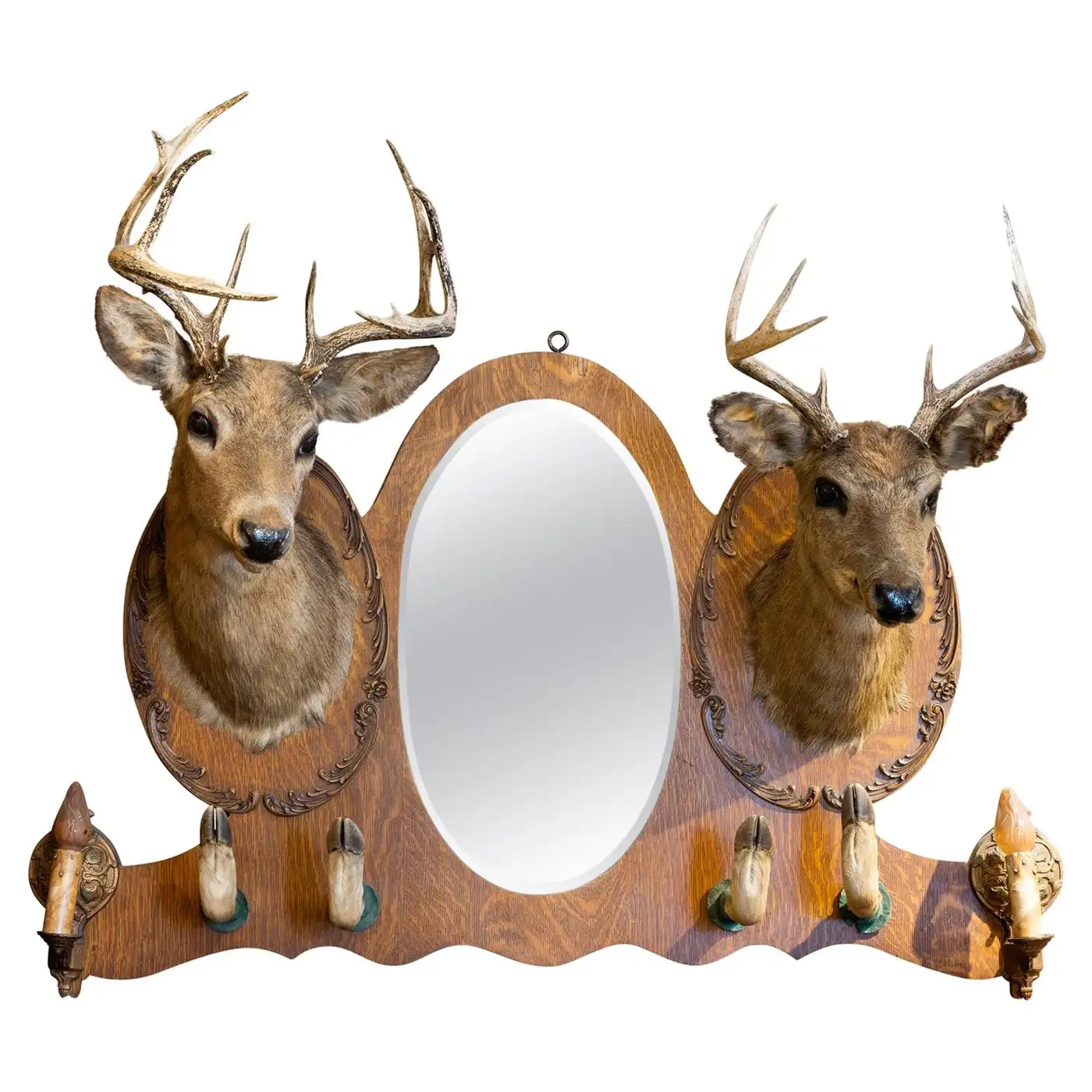
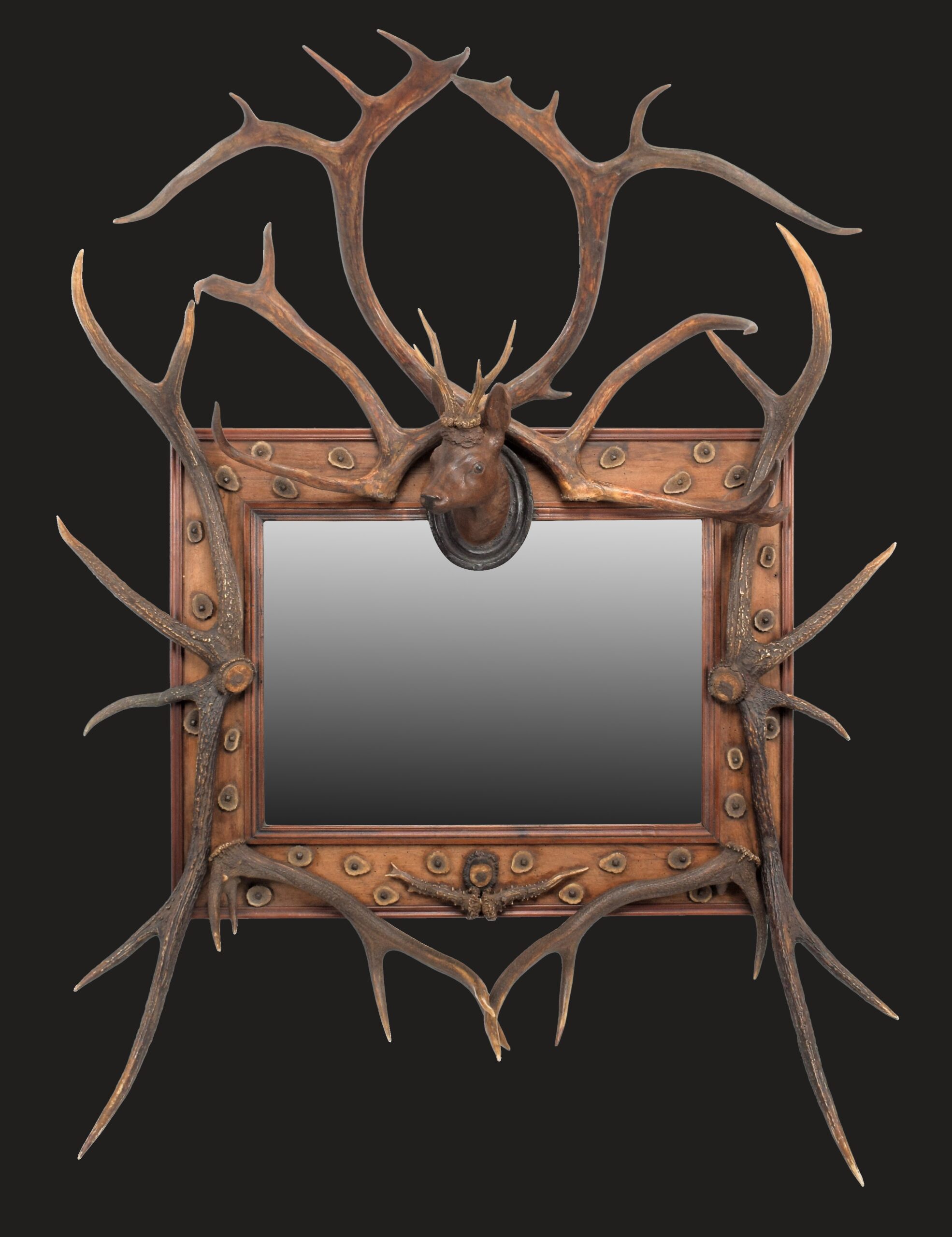
Zoonotic Furniture
The Victorians were also practical and made as much use of their stuffed animals as possible, and in my own opinion, this was in very bad taste.
One of the Rowland Ward firm’s specialities was turning parts of animals into useful things like ash trays from elephant feet (the thought of which I personally find very distasteful) and making such things as light hangings from deer antlers. This trend was born from about the 1870’s, and as he pointed out himself, rhino hide could easily be upholstered “not only into sticks, trays and smaller articles of use or ornament but into the construction of Cabinets, Tables, etc” (Ward 1882: 179).
Grizzly bears were posed holding electrical lights, elephant feet hollowed out to create wastebins, and giraffe stretched and sliced to create porter chairs.
William Fitzgerald’s “‘Animal’ Furniture” written for Strand Monthly (1896) and the most detailed contemporary digest on the phenomenon, pointed out that many of these items were bespoke commissions for wealthy clients and were eye-catchingly unique when compared to the usual hunting trophy aesthetic.
Zoonotic furniture thereby offered the opportunity to harness the spirit of aristocratic romance with added modernist chic and it was something inimitable with which to entertain guests.
Glass fire screens that had flattened birds like egrets as a decorative interior were also very common as were stuffed bears holding drinks trays.
Anthropomorphic taxidermy or the humanised style in which small animals were posed in civilized gestures germane to the human story will form a separate article.
